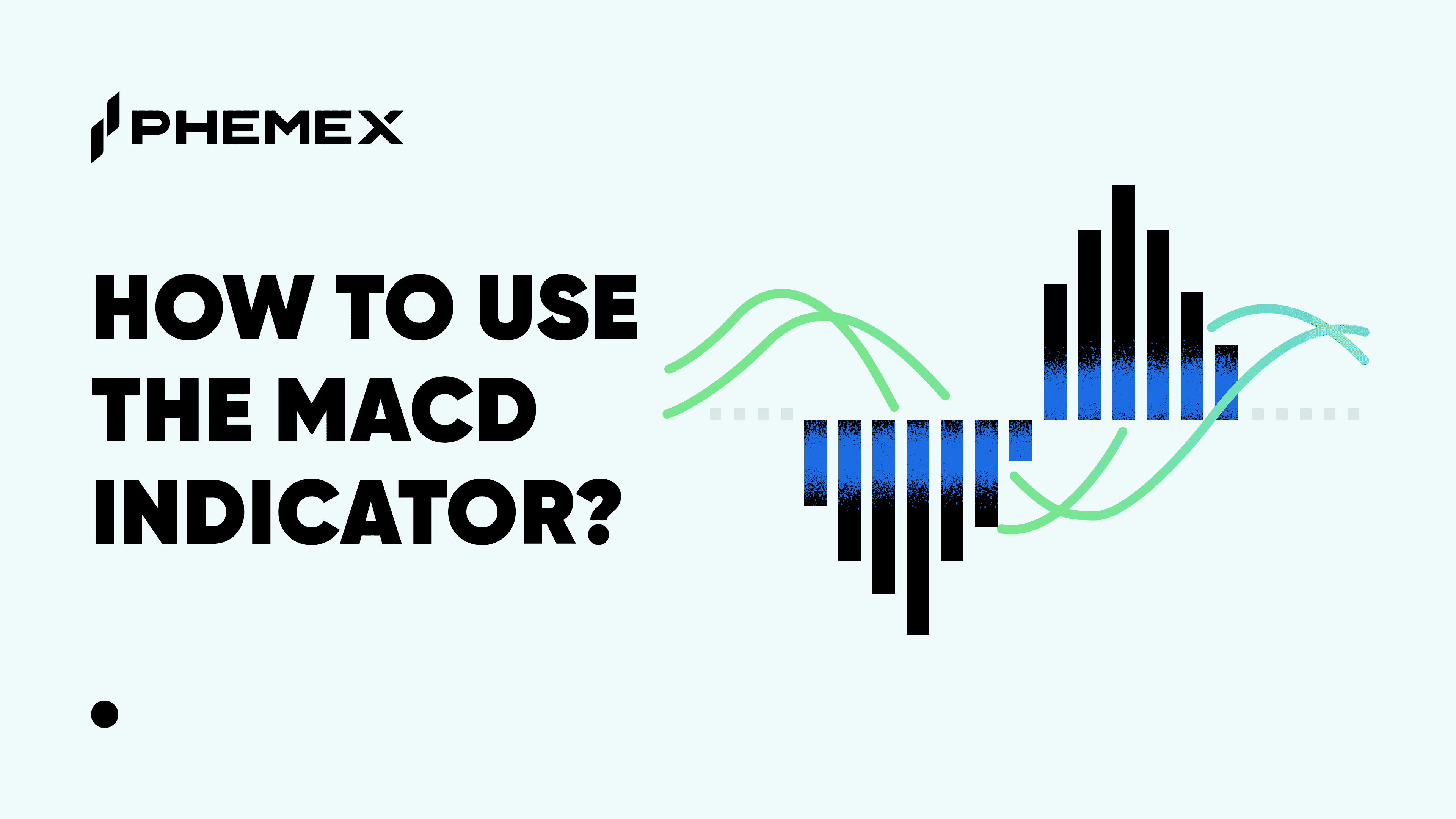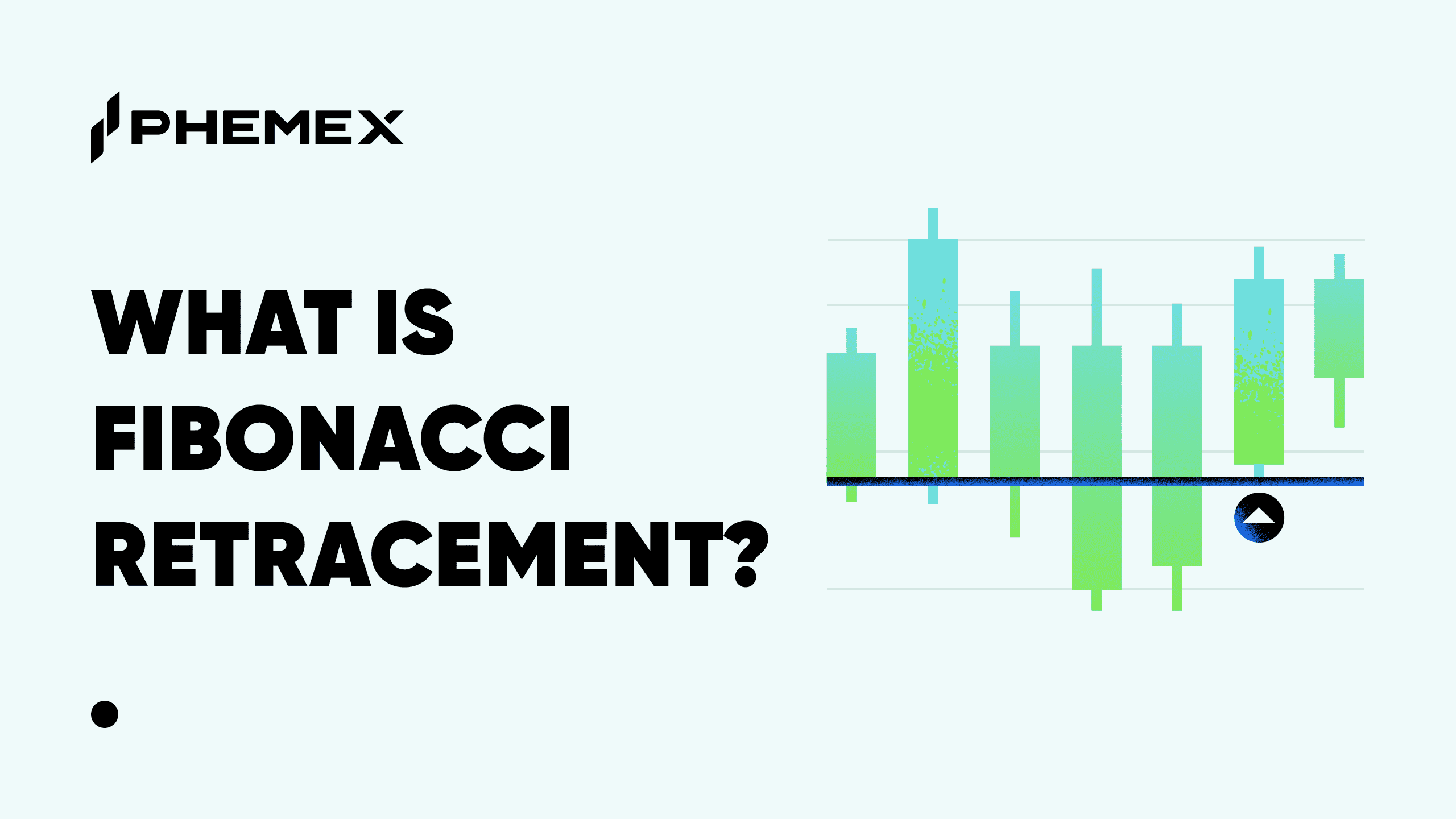Summary:
- The Price Channel indicator is an indicator that measures the highest and lowest price averages for an asset such as Bitcoin or an altcoin. It can help us determine if we’re trading near a low (oversold) or high (overbought) region.
- The Price Channel can be used for market trading, by buying when the price is near the lowest lows and selling when it reaches the highest highs.
- A common Price Channel trading strategy is to combine it with strength oscillators such as RSI and StochRSI – indicators that detect overbought and oversold levels.

What Is The Price Channel Indicator?
The Price Channel indicator is a channel-style indicator with three x-lines. The indicator follows the highest highs and the lowest lows for a crypto such as Bitcoin (BTC) or Ethereum (ETH). It is a simple indicator that purely tracks prices without added volume profiles or range, making it useful for objective technical analysis. Traders often use it for trend trading to determine if we are in a new bullish trend or a bearish trend.
The three lines are based on a 20-period average. Unlike other channel-based indicators such as Bollinger Bands, the Price Channel oscillator is separated from the price candles. The upper x-period defines the highest high for the last 20 days. The lower x-period defines the lowest low for the last 20 days. The middle line is the average between these two extremes. Traders can use the lowest low and the highest high as starting or end points for stop-loss and take-profit orders, expecting that the price will fluctuate within that range.
Price Channels does not include the latest period, making it a lagging indicator. The data for the last day is excluded. For example, the data for 21 January would not be accounted for and instead the channels would be formed based on data from 1 January to 20 January–otherwise the channels wouldn’t be able to form.
A common price channel trading system is to combine it with strength oscillators such as Stochastic RSI (StochRSI) or the Relative Strength Index (RSI) to measure trends based on overbought or oversold levels.

Who Invented The Price Channel Indicator?
The Price Channel indicator was invented by Richard Donchian, and was initially called the “Donchian Channels” indicator after his name. Donchian is an esteemed American commodities and futures trader who became famous for his trading techniques, namely his conservative approach to futures trading.
Dochan’s famous “4 week rule” stated that traders should buy a stock (or in our case crypto) when the price reaches a 4-week low and sell when it reaches a 4-week high, assuming the asset is in a bull market and steadily rising. The Price Chanel pattern can be implemented by analyzing the four week high and adjusting the period length to 28 periods on the daily chart.
How to Read the Price Channel Indicator?
The Price Channel is created using two parallel x-lines on the upper and lower boundaries of the indicator. On the Phemex platform, the indicator is located beneath the crypto chart (focus on the area in red):

The upper x-line shows the highest high and the lower x-line shows the lowest low. The middle line is the average between the highest high and the lowest low. The numbers are also recorded on the oscillator. In the upper example, we see the highest high was $42,957 and the lowest low was $34,206. This indicator will fluctuate based on the price change of the crypto.
As the indicator is used for trend trading, the fluctuations show bullish and bearish trends. The current trend is bearish with a steep decline. This is calculated over 20 periods, but we can adjust them using the settings (demonstrated below).
What Is The Price Channel Formula?
The Price Channel indicator does not have a formula because it only tracks the highest highs and the lowest lows. The only calculation involved is the calculation for the middle line. Here’s how the channel limits are calculated:
- Upper line: Highest recorded price in the last 20 days.
- Lower line: Lowest recorded price in the last 20 days.
- Middle line: (Highest price + lowest price) / 2.
Here’s how we can calculate the middle line manually:
- Bitcoin example: Highest high: $50,000. Lowest low $40,000. Average: $45,000.
- Ethereum example: Highest high $3,000. Lowest low: $2,000. Average: 2,500.
The formula is based on the last 20 periods. If a user wants, they can change it to the last 200 periods for long-term measurements.

How to Use the Price Channel Indicator
Using the Phemex platform for this demonstration, we first head to “Markets” and pick one of hundreds of trading pairs such as BTC/USDT.
Click on “Indicators” at the top and select “Price Channel”:


The indicator will now appear as an oscillator underneath the chart:

We can see the highest high for the 20-period average was $42,957 and the lowest low was $34,206. The average price was $38,582. We could set a take-profit order at the middle average of $38,582 if we’re opening a long trade or a take-profit at the lowest low if we’re opening a short trade because we’re now trending near the lower levels.
If we click on “Settings” at the bottom-right we can adjust the period length for above 20-periods on the 1D (daily) chart. The daily chart is recommended for long-term data:

Click “OK” to confirm the change and you can see how Bitcoin fluctuated over 50-periods:

The historic price points correlate with the channels. In the last 50-periods, the highest high was $48,205 and the lowest low was $34,206. The indicator operates similar to the StochRSI and RSI indicators that show when we’re entering overbought levels.
It is not range-bound which means the numbers on the right can go up to 60,000+ depending on the overbought levels, but we can clearly see the distinction between past bullish uptrends and the current bearish downtrend.
What Is An Effective Price Channel Strategy?
There are multiple price channel trading strategies. The first is the Richard Donchian’s 4-week rule, which is not recommended for the crypto markets because they’re not always in an uptrend like stock markets. Crypto markets are more volatile with high upswings and downturns. First we need to adjust the period length to “28” to account for 4 weeks. Here’s how the 4-week rule would play out if Bitcoin was in a consistent uptrend:

The 4-week trading theory implies that the highest high of the current period will be lower than the lowest low of the next period. However, this rarely happens in the crypto market which is why it’s not recommended unless we’re in a raging bull market.
A more reliable Price Channel indicator strategy is to combine it with the 200-period SMA (Smoothed Moving Average) and trade based on the trend. If Bitcoin is trading above the 200-period SMA, open a long order and if it’s trading below the SMA open a short order:

The current trend is bearish and we can see Bitcoin breaking down below the 200-period SMA. Bitcoin was in a massive bull run over the past two years and moved above the 200-period SMA for the majority of the time. The price surges and crashes were marked on the fisher Price Channel chart.
Combined with BB, StochRSI & RSI
For additional context about the current trend, we can use reliable indicators such as the RSI, StochRSI, and Bollinger Bands channels. These indicators can be activated simultaneously using the step-by-step instruction guide above. Here’s how they look combined with the Price Channel chart:

All four indicators confirm the current trend is bearish. The Bollinger Bands are the blue bands at the top that indicate Bitcoin broke down below support levels. Both the RSI (long-term) and the StochRSI (short-term) indicate that Bitcoin is oversold. Bitcoin could either continue on the downtrend or reverse to the upside since it’s trading below historic support levels.
Conclusion
The Price Channel pattern can only be bullish or bearish. The indicator is an objective indicator without any filtering, which makes it one of the simplest technical indicators. If we only want to know the average highs/lows to confirm our trading bias, we can use this indicator and adjust it based on our desired parameters.
The main purpose of this indicator is to use it for trend trading. To make higher highs, Bitcoin needs higher buying force. To make lower lows, it needs higher selling force. The direction of the indicator shows the current trend and makes it easy to set stop-losses or take-profits based on the highs and lows.
It should not be used in isolation because we could miss out on data such as volume profiles or support/resistance levels that we can derive from other indicators such as Bollinger Bands or Relative Strength Index. A trader should combine these to get context about the present trend in relation to the historic trend.
To learn more about indicators you could combine with the Price Channel indicator, visit our technical analysis section.
Read More
- Trading Channels: Ascending and Descending Trading Channels Explained
- What is Donchian Channel: The Secrets of Intraday Trading and How to Use Them
- What is Keltner Channel: Best Alternative to Bollinger Bands for Bitcoin (BTC)
- What are Highs and Lows in Trading: The World of Financial Highs and Lows
- Commodity Channel Index: How to Use The Oscillating Indicator
- What Is Average Price Indicator: How To Trade Bitcoin With Daily Average Price
- Buy Low, Sell High Crypto: 4 Things To Do (3 To Avoid)
- Crypto Price Action Trading Strategy









